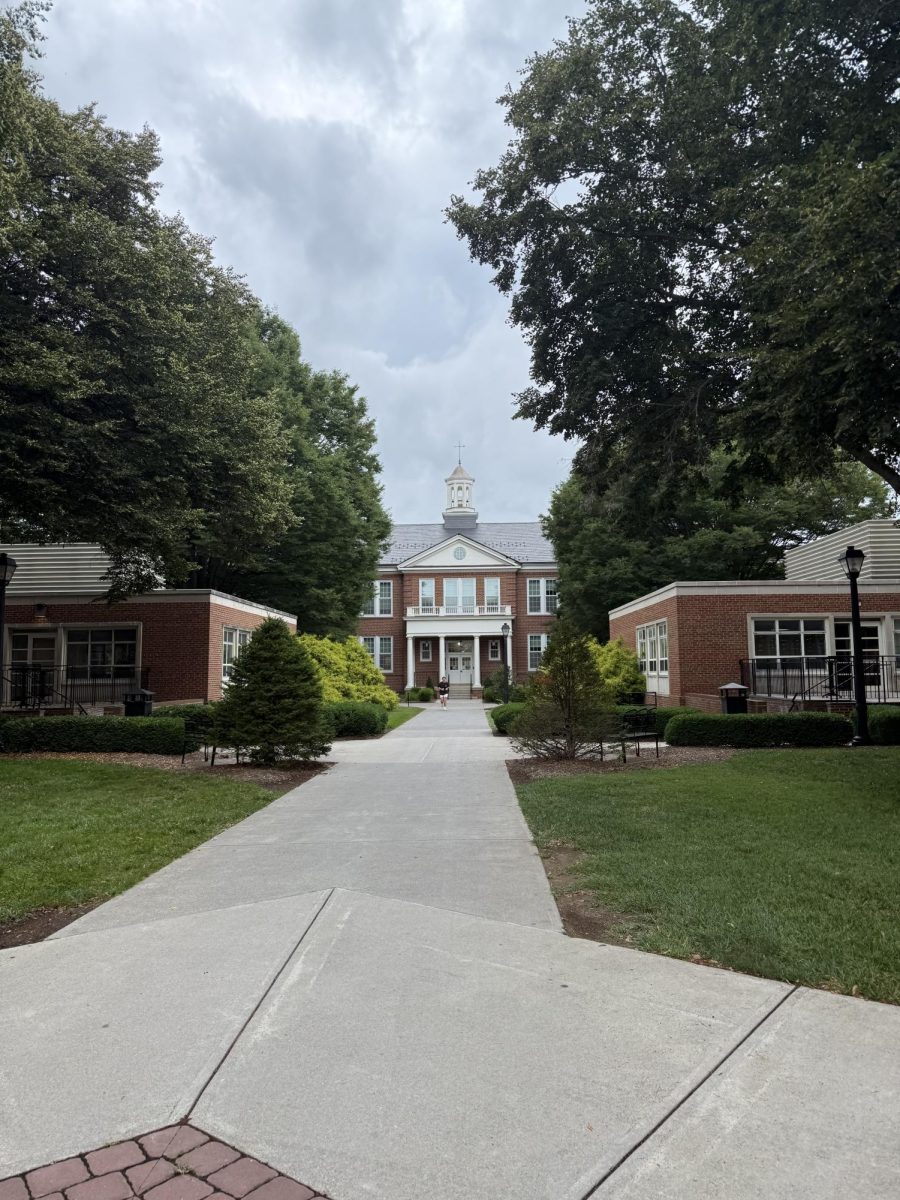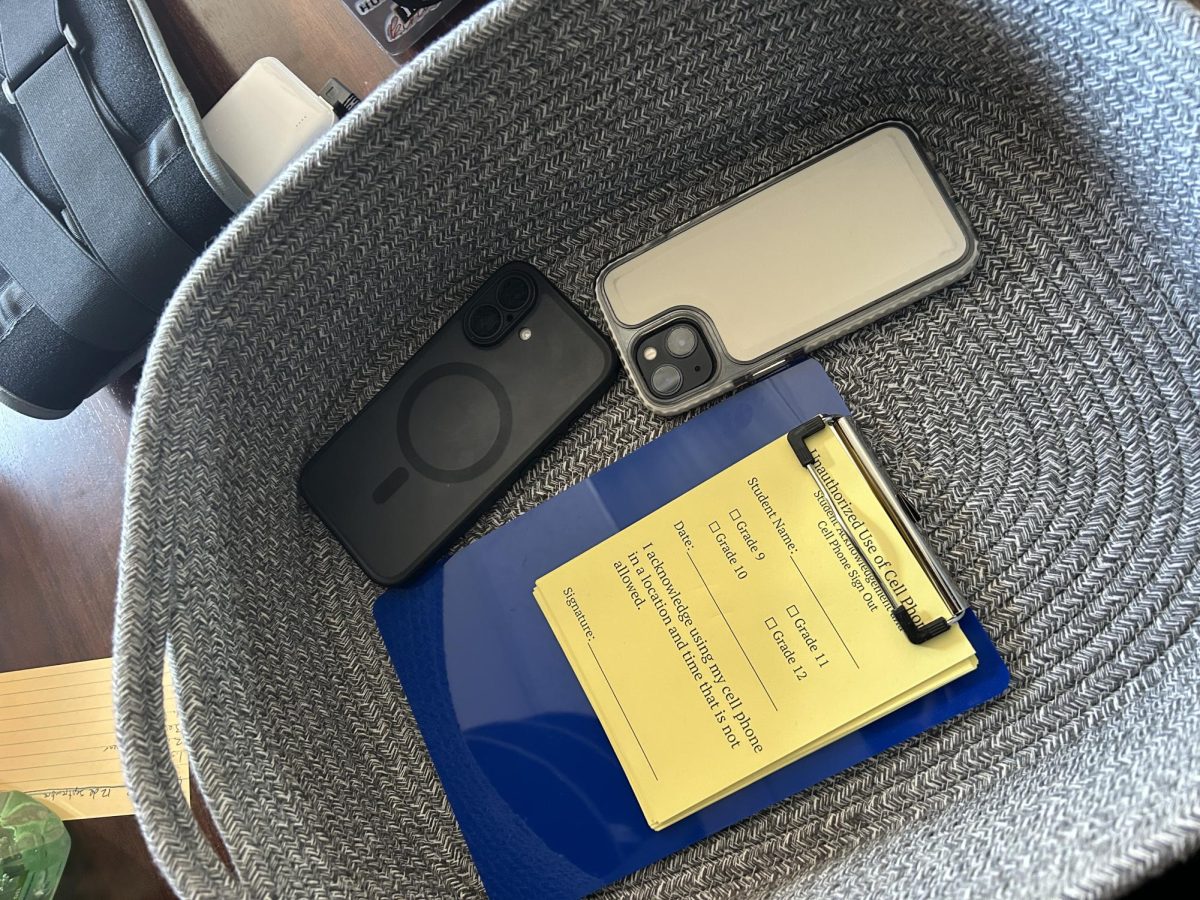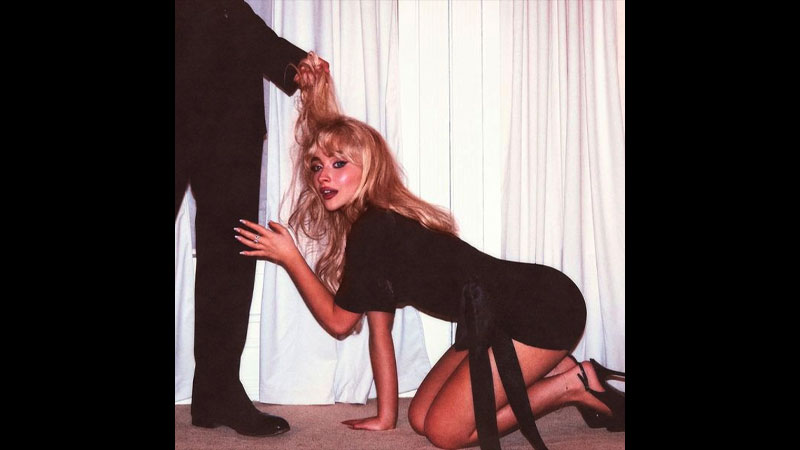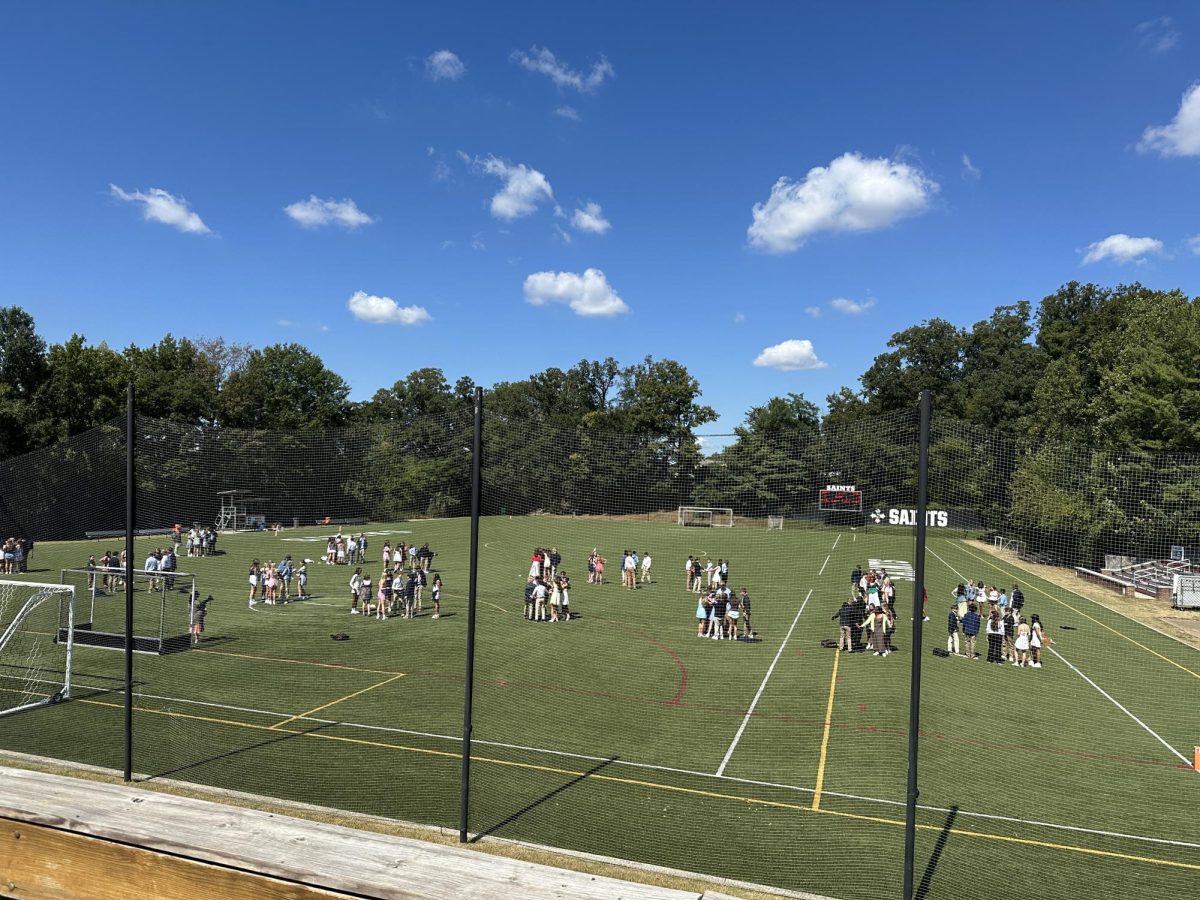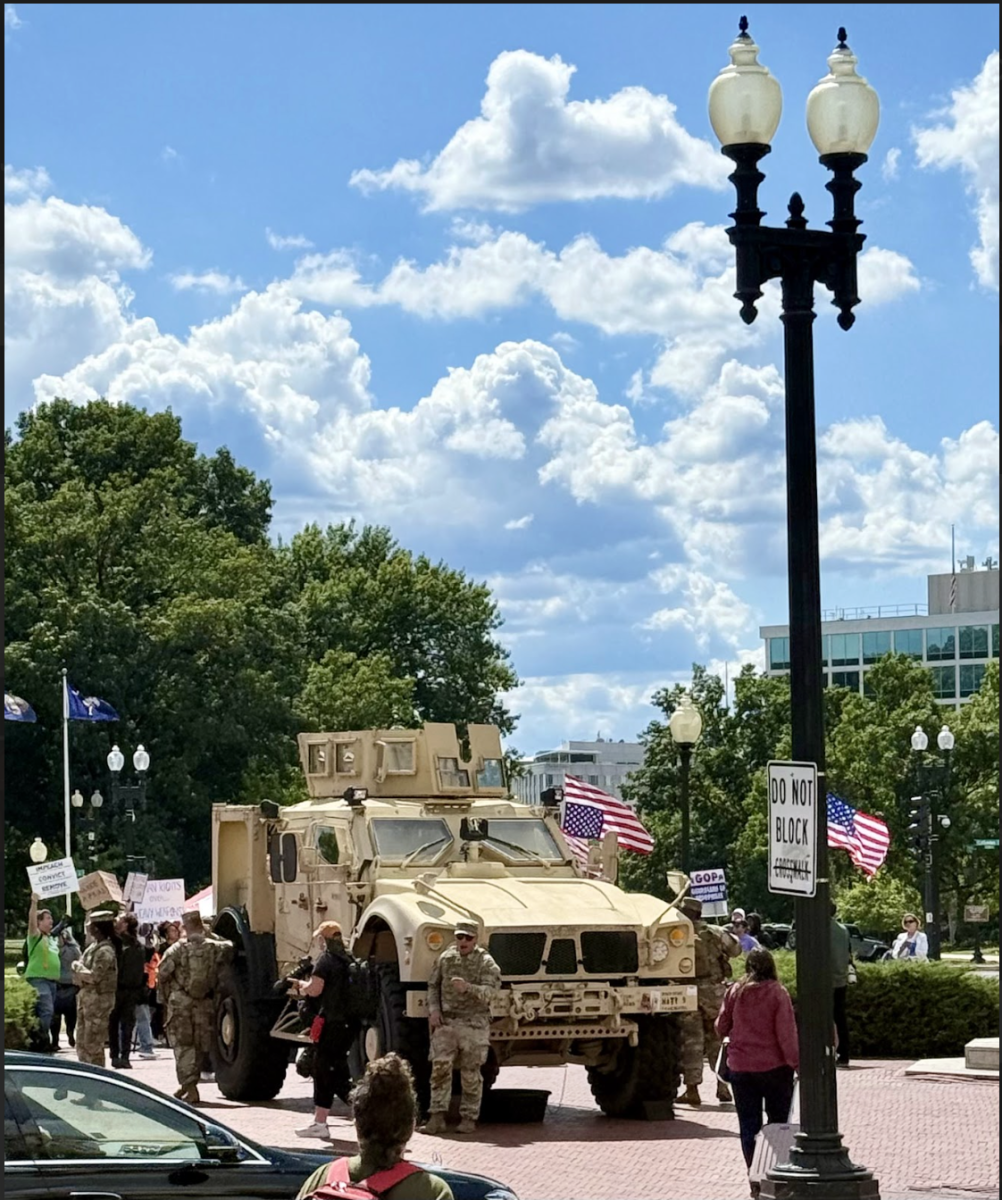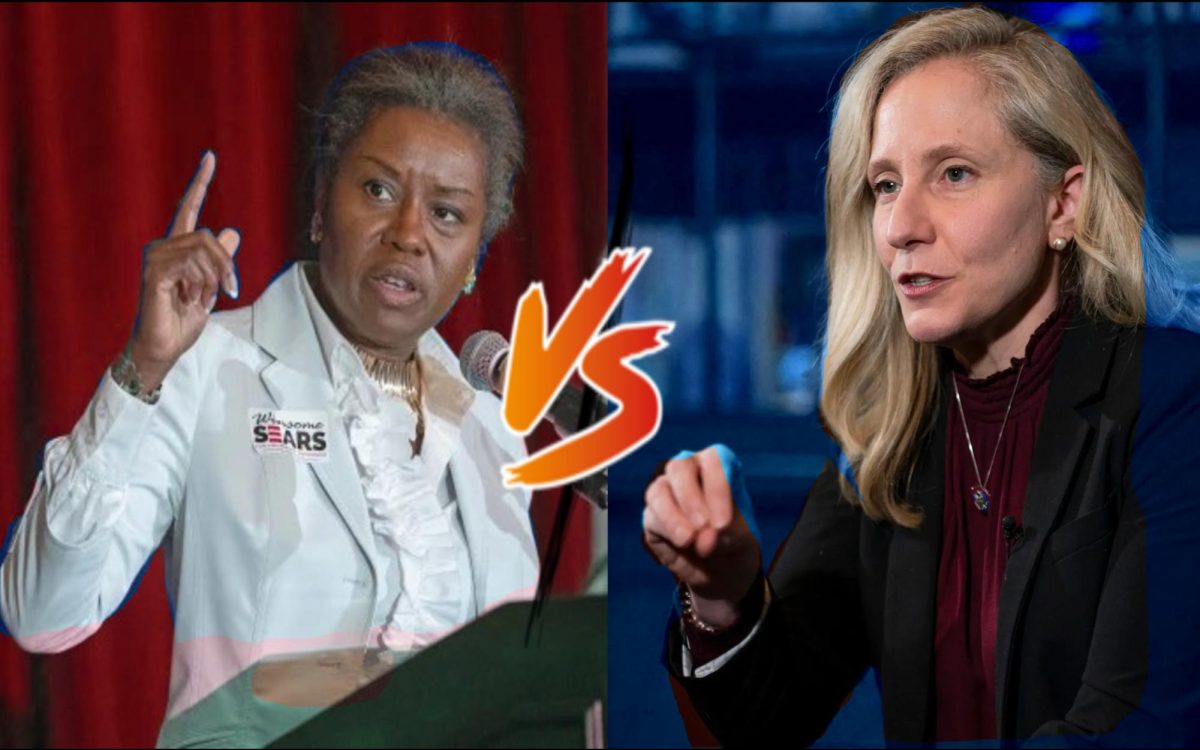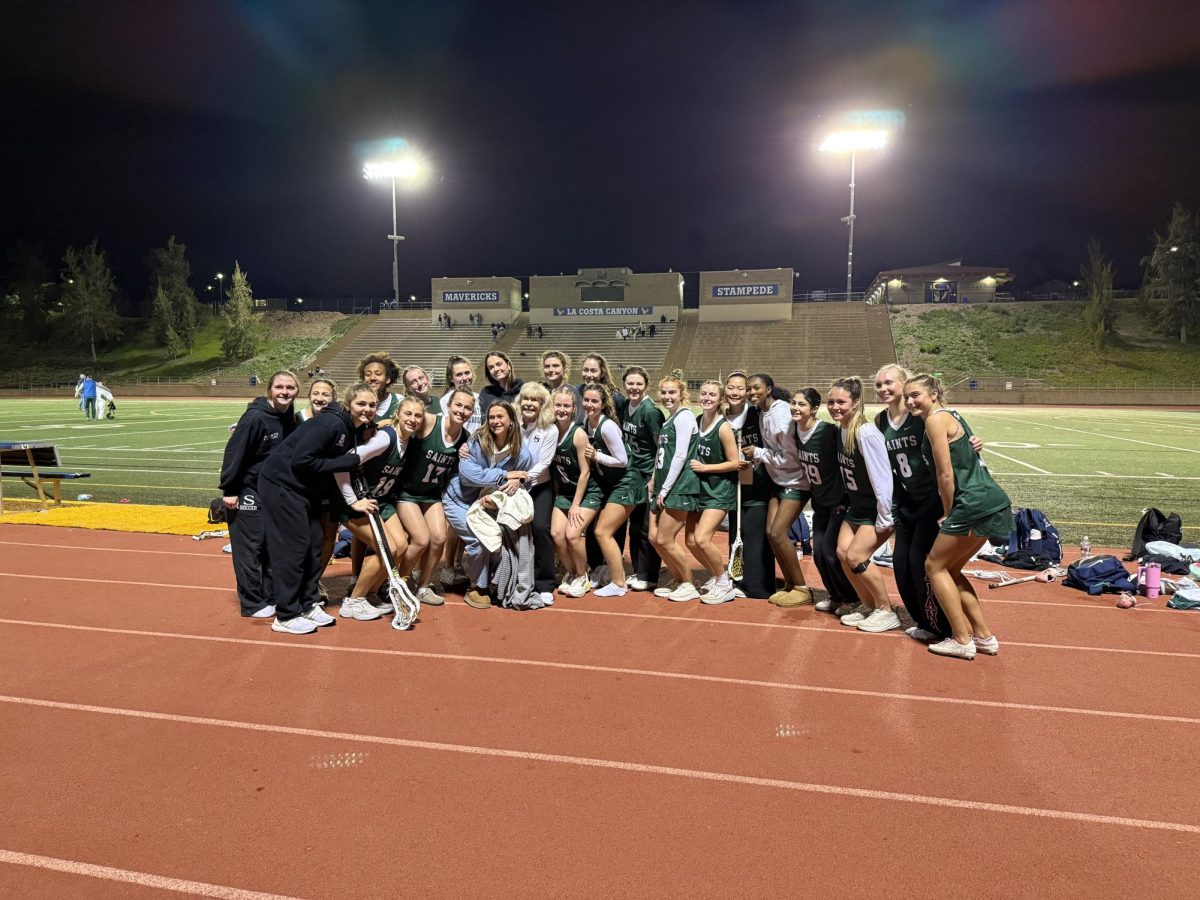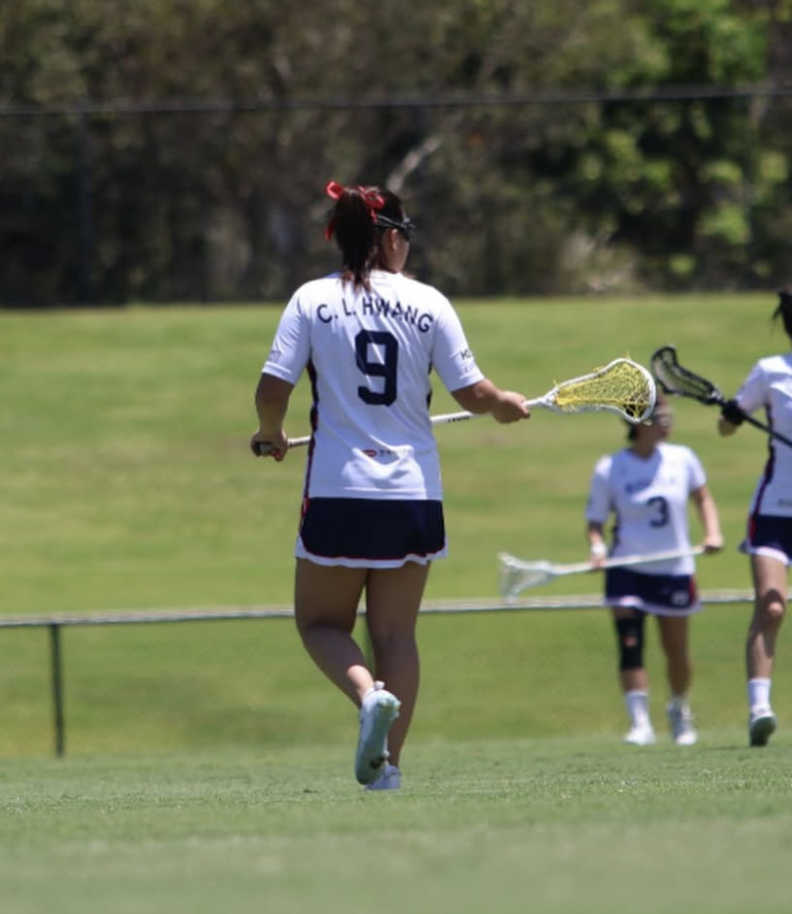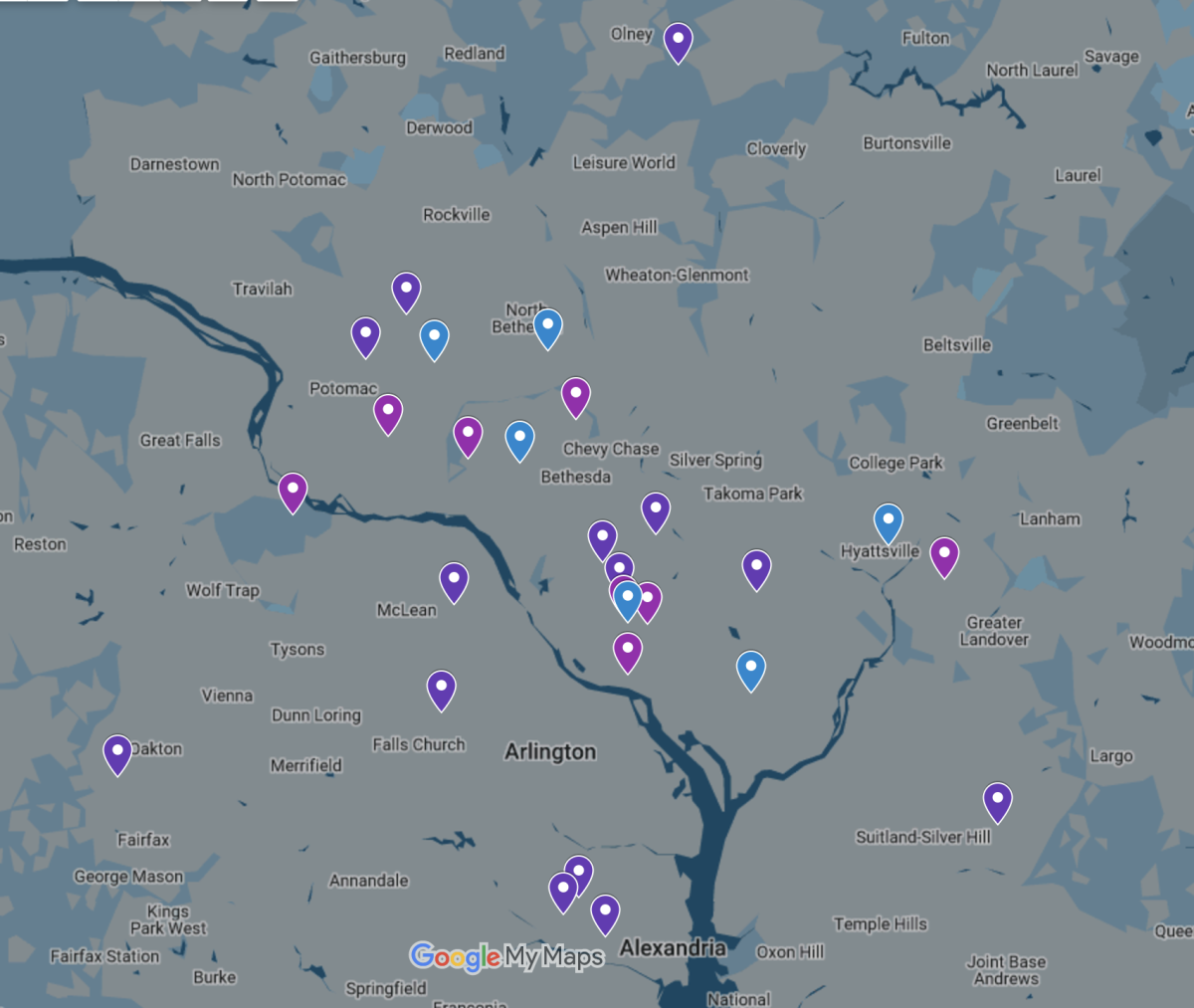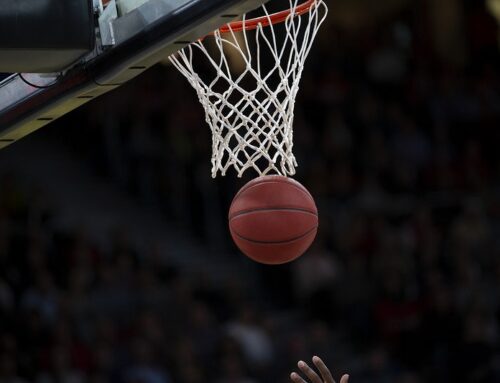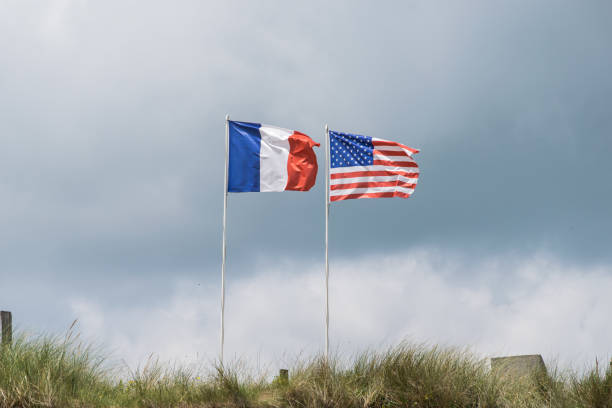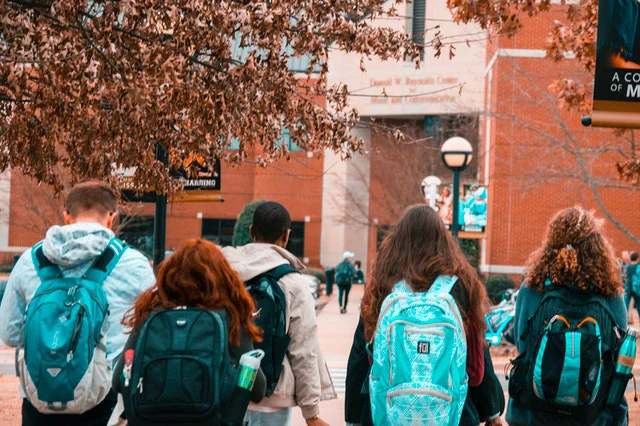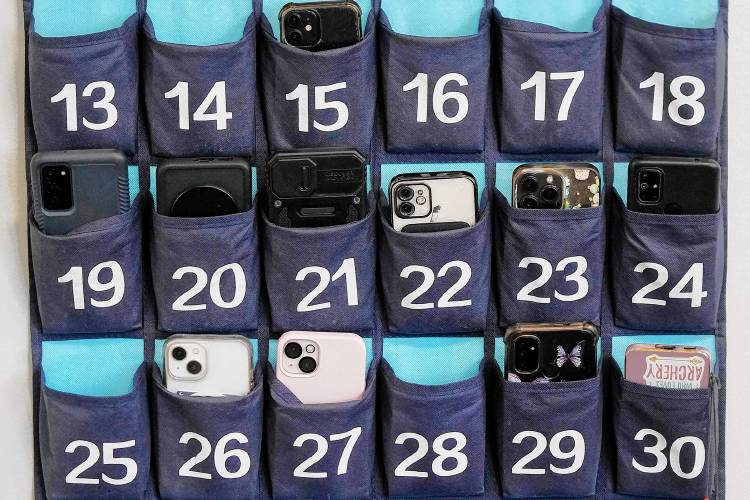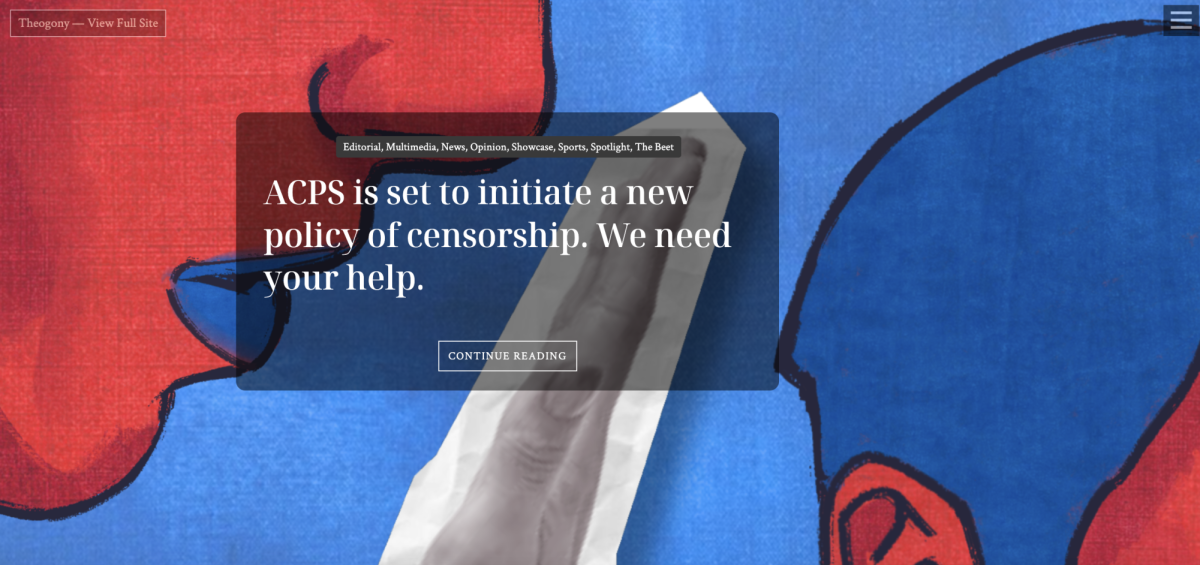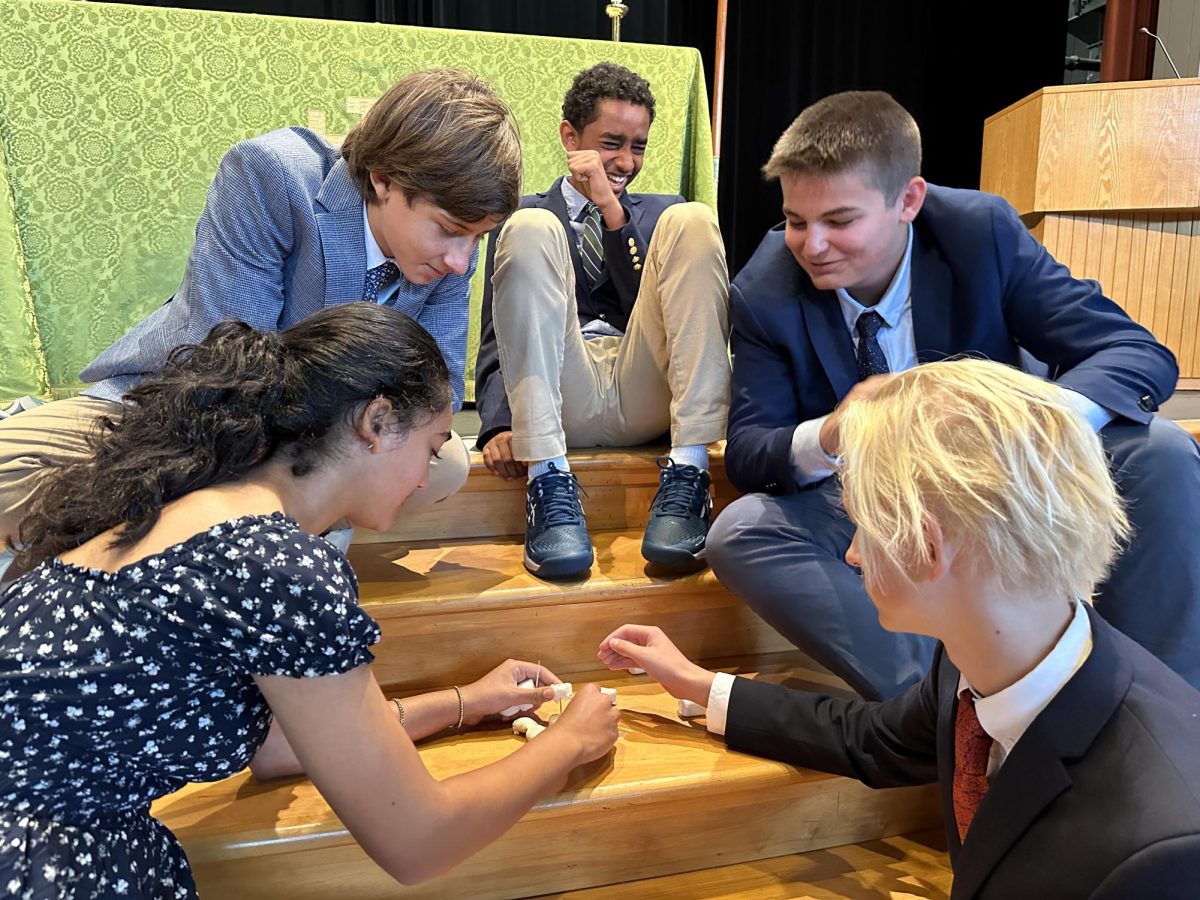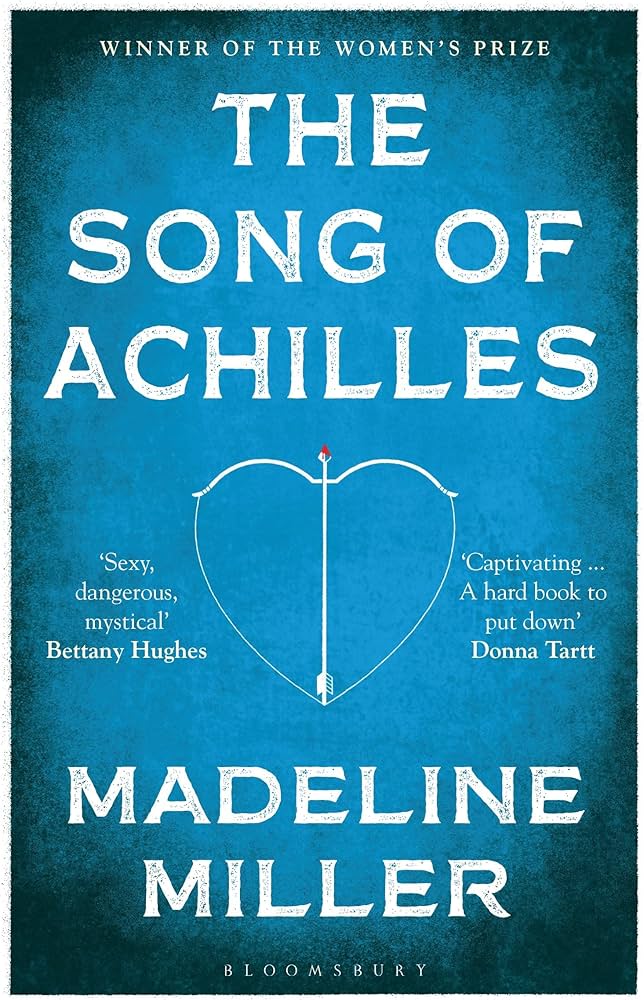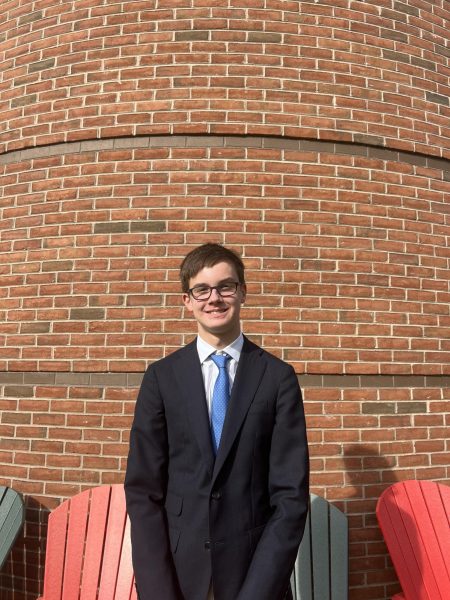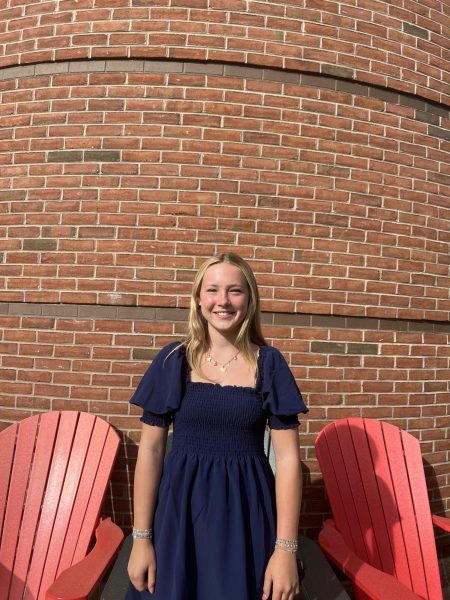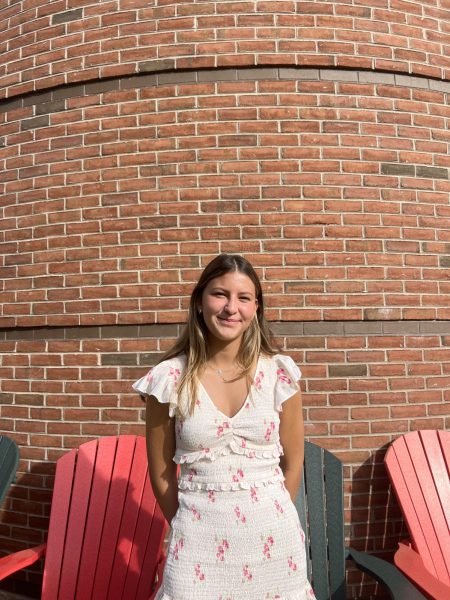When asked if they could recite everyone in their class’s names, the graduating class of 2025 was short of a good response. Saying that even though their class size is small, with about 100-125 students, students still weren’t entirely familiar with one another. Teachers, looking for a solution, were fairly surprised by this news. This is how the Freshman Bridge program was introduced.
The Bridge program is a six-week-long program for freshmen at the start of lunch three days a week. It was created as an attempt to strengthen bonds between students by creating new connections through activities in small groups. This was the third year of the program, ending on October 9th with a celebratory bonding trip to Bretton Woods.
However, when students were asked about their opinions on the program, their responses were not exactly what teachers hoped for. When asked if the Bridge Program was necessary, freshman Pippa McAree stated that “the idea of freshman bridge was good to get to know new faces and people, but I don’t think it was executed well.”
Along with Pippa, other students agreed that this year’s program felt rushed and incomplete. Students said that most of the time, one person in the group would write random responses just to finish quickly, saying that the activities made people less motivated to bond with each other. The majority of these activities consisted of filling out various prompts on a sheet of paper. Although the thought was behind it, students said that they ended up rushing through the paper trying to get to lunch. Students said that the Bridge Program would have been more effective if they could spend the time conversing over a topic, rather than writing things down like they have been doing all day during school.
Although students didn’t all think positively of the Bridge Program, they did provide a few pointers on what would enhance the experience. When Charlotte Schuemann and Pippa McAree were asked about their thoughts on the length of the program, they said that the experience would’ve been better if it was three weeks instead of six. Pippa thought that an assigned table group to sit with at lunch would be a better choice for next year, as that way, students could potentially create stronger bonds with each other.
At the end of the Bridge Program, students went on a day trip to Bretton Woods, participating in activities such as ziplines, archery and ropes courses. Many freshmen enjoyed this trip more than other Bridge Program activities, with freshman Alexia Christou noting that the trip felt more organized and enjoyable. She said that on the trip, she was able to meet more people and had a better time. Fellow freshman Luke Wazorko had similar feelings, saying that “I got to know people better from the bonding trip than probably the entirety of freshman bridge.”
The group of 18 seniors that students call, “Peer Leaders,” played a key role in organizing the day-to-day activities within the Bridge Program. When Peer Leader Charles McElwain was asked about his opinions on the program he mentioned that knowing everyone in your class is important to him, and for that itself, it serves a good purpose. However, he did think that the program was longer than it had to be.
Charles didn’t see spending time with the freshman as a burden, and thought it was “cool to talk to people from different grades.”
Even though the freshmen were a good group, he didn’t find it necessary for the peer leaders to be included on the bonding trip, and thought that the freshman would be just fine on their own.
One of the coordinators of the program, Mr. Humphreys, acknowledged that while students may not love the program and not everyone will enjoy each activity, the point of the program is to get freshmen to know most of their grade. So, “even if everybody in your group is sitting there and saying, this sucks, we hate this, [at least] you agree on something.”
